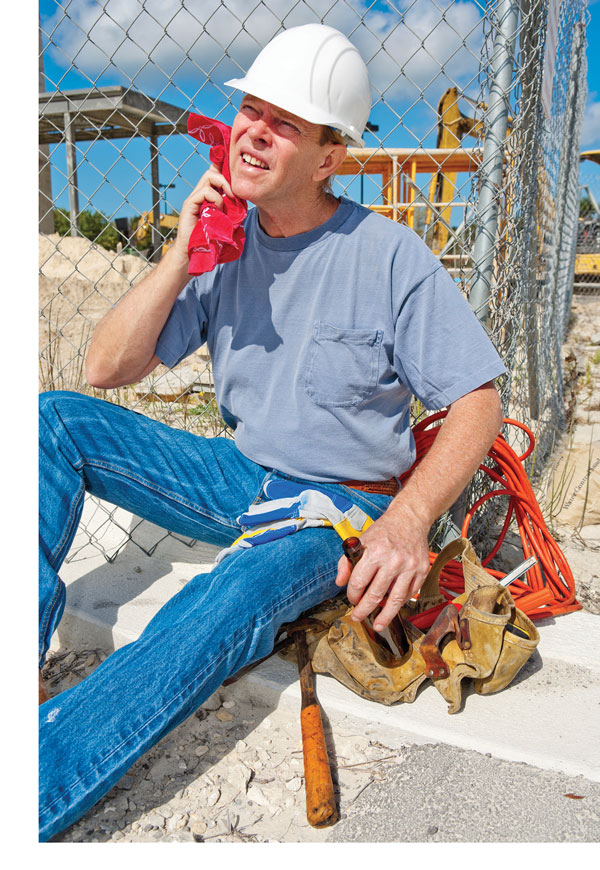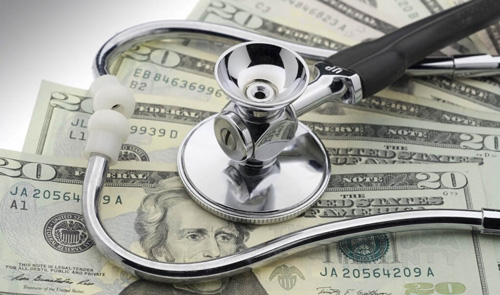It’s hot out there!

Making matters worse, many outdoor workers may not realize their health is in jeopardy while they work in the heat.
This is the main finding of a new study that looked at how extreme heat affects outdoor workers’ health in Las Vegas, Los Angeles and Phoenix, three of the hottest cities in the United States.
“Heat is not always perceived as a health risk, but it can cause significant problems,” said the study’s author. “Heat-related illness can range from mild headaches, cramps or dehydration to life-threatening heatstroke.”
Researchers found that increases in heat dovetailed with increases in heat-related on-the-job injuries.
Women may be more vulnerable to certain heat-related conditions than men, including hyponatremia, which develops when too much plain water is consumed and sodium levels in the blood get too low.
Nearly three out of four heat illness fatalities happen during the first week of work. New and returning workers need to build tolerance to heat by taking frequent breaks and working shorter shifts in the heat to start. Employers should also …
- Provide cool drinking water: Encourage workers to drink at least one cup every 20 minutes, even if they are not thirsty.
- Rest breaks: Allow workers time to recover from heat in a shady or cool location.
- Dress for heat. Workers should wear hats and light-colored, loose-fitting, breathable clothing, if possible.
- Use a buddy system where workers watch each other for signs of heat intolerance.
- Look for signs of heat illness, including fainting, dizziness, nausea and muscle spasms. Act quickly; when in doubt, call 911.
- Offer training on the hazards of heat exposure and how to prevent illness.
- Develop an Emergency Action Plan on what to do if a worker shows signs of heat-related illness. To learn more about heat illness prevention and first aid, visit www.osha.gov/heat.
Sources: HealthDay News, OSHA, NIOSH

